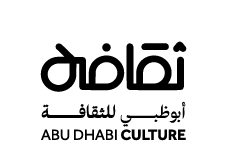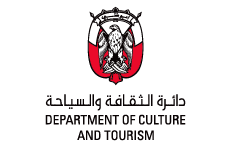Palm industry, textile industry – khouasa craft
The palm tree is one of the most important trees that God has bestowed on the Emirati people, as its bounty and gifts are never-ending. The wicker industry is one of the traditional industries that is prevalent in the United Arab Emirates, especially in oasis areas, due to the abundance of palm trees. The United Arab Emirates has shown a notable interest in preserving the wicker industries.
Wickers are made of palm fronds. The industry is also known as the “palm industry” because of its association with palm trees, as well as the term “textile industry.” According to ancient Arab sources, the khous industry was known as “the khouasa craft”.
Features of the wicker industry: The khous industry is characterized by its precision, beauty and excellence. It encompasses many products, which were considered a necessity of life in the past. The khous industry remains one of the traditional industries and is also known as the palm industry. It has various other names which differ from one region to another.
Tools used in the palm wicker industry: The leaves or the fronds of palm trees are used in the khous industry. This craft is widely practiced by the Emirati people due to the availability of the necessary raw materials resulting from widespread palm cultivation in large parts of the country, in addition to the simple tools needed in the industry which include bones, pointed stones, bodkins and needles, scissors and bowls in which the leaves are submersed.
The narrator Umm Khaled mentions that the palm khous is of two types: the first arises from the pulp of the palm and is called the "middle mold" of the palm, especially in small palm trees, while the second type is obtained from the khous that is located at the edges of the palm frond. Each of them has its own separate industries. The first type is used in the manufacture of surood, mekhrafa and juffair.
The second type represents the rest of the regular palm leaves, which are coarser leaves that are dipped in water to soften them in order to facilitate reshaping them to use in the production of tools such as khisf, malalah, sama, haseer, yalla and mazmah.
Uses of palm trees: The Emirati people used fronds in many industries, including: constructing roofs, beds, chairs, children's beds, and bird cages, in addition to khassafa, hasr, carpets, makhareef, sarareed, makanis, makab, mahaf, mazami, and jufran in addition to all other home furniture and tools.
Dyeing palm wicker products: The narrator Hidayat Al Kaabi refers to the method of dyeing the khous and mentions: “After choosing the required colour, we bring a container in which we pour the dyed water until the colour of the khous darkens. The colours used include orange, blue, green and red, after which we let the khous dry. Then, we pefrorm siffa to produce surood, mujabba, or qaffah, etc.












